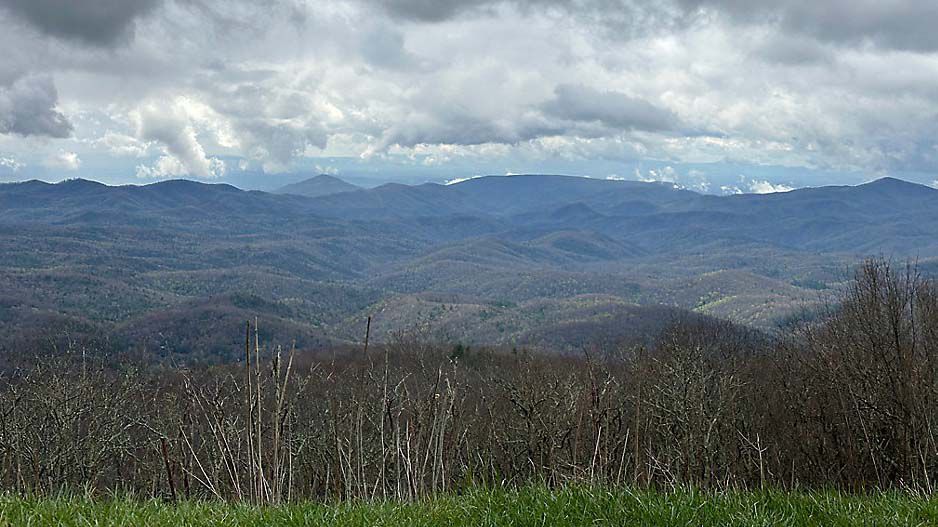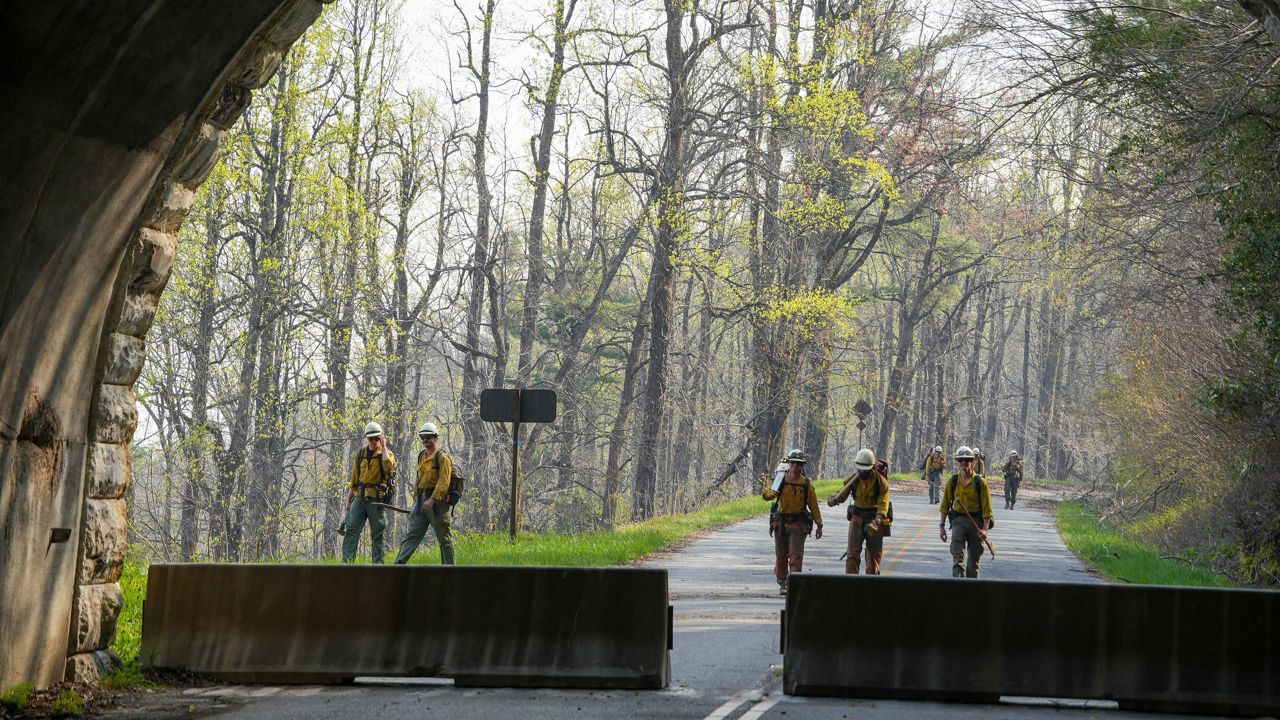CHARLOTTE, N.C. — Cold snaps, the number of consecutive days below average winter temperatures, are shrinking, according to recent data.
According to Climate Central, 97% of 244 locations analyzed within the United States have followed this trend over the last 50 years. On average, cold snaps shrunk by six days.
Jack Scheff, an atmospheric scientist and assistant professor at UNC Charlotte, studies climate change and its impact on earth’s water cycle. His argument is that global warming makes every weather event, including winters, warmer.
“Say that cold rain storm that we had this Tuesday morning, maybe that air back during our grandparents or great grandparents time, that air would have been cold enough that that would have been a little bit of snowfall for us, but with the warm climate we have today, that was just a cold rain,” Scheff explained.
Scheff added warmer winters can also affect pests and some agricultural areas in the long run.
“A lot of pests species can survive the winter when they used to not be able to do that. So, this could be a problem for agriculture going forward. There are also some crops that depend on temperatures that are cold enough during the winter — they have crop chilling requirements,” Scheff said. “So, that could be an issue with our crops as well, with the winters not being as cold.”
Climate Central also said warmer winters could affect winter recreation in places like western North Carolina. Many small businesses rely on tourism and the ski slopes to stay open, as seen during the pandemic.
He said less time for activities like skiing and tubing would influence local economies.










